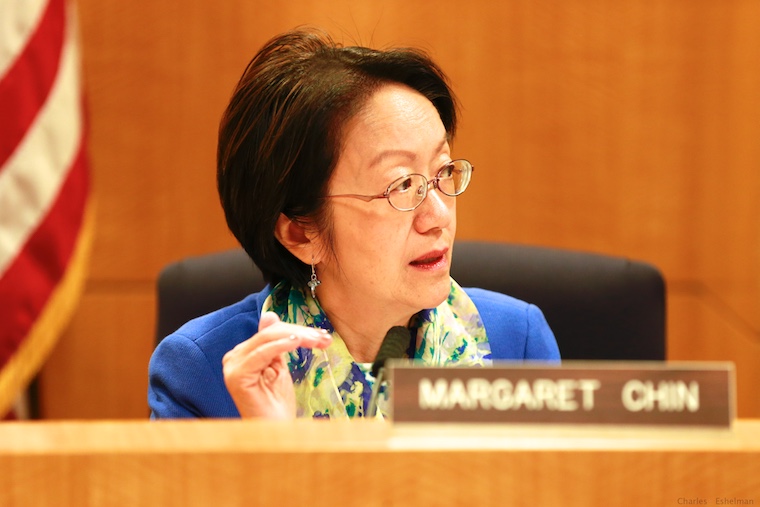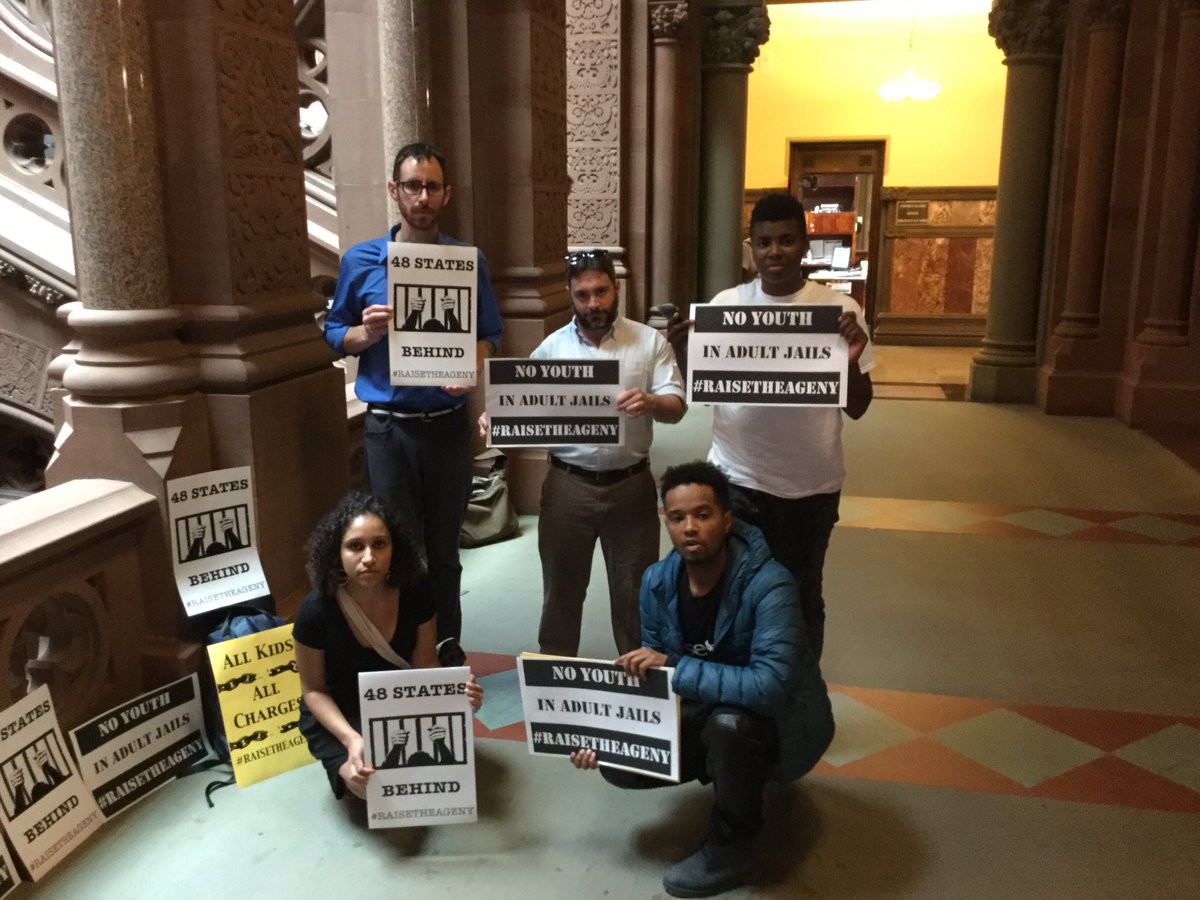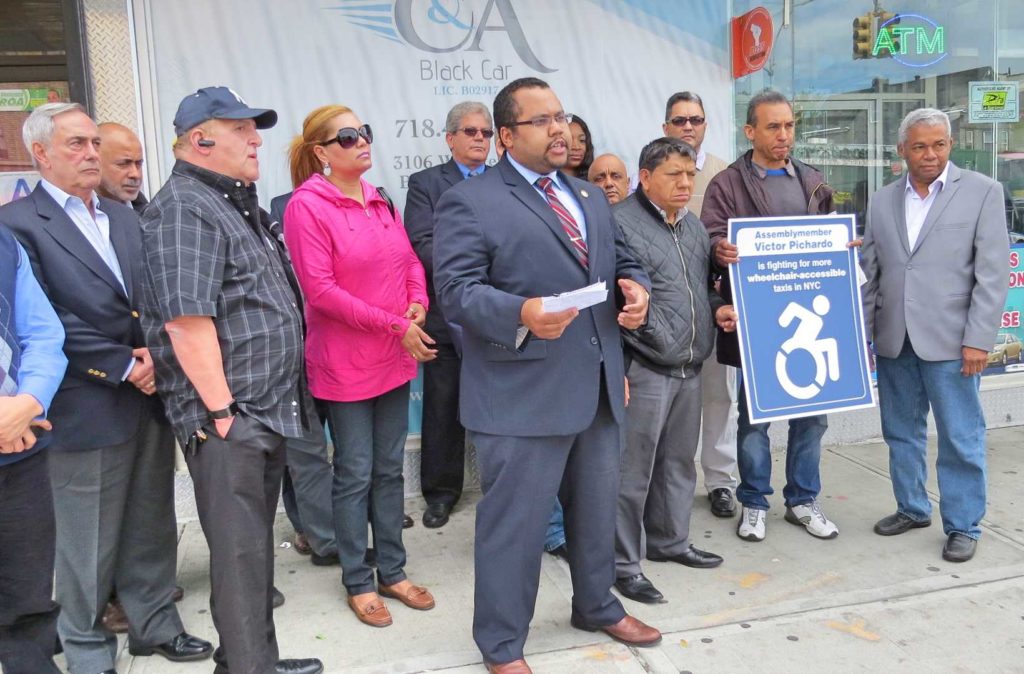New Affordable Housing in Every Neighborhood, Including Mine

Council Member Chin, the author (photo: Charles Eshelman)
No one said it would be easy.
When voters overwhelmingly elected Mayor de Blasio almost three years ago, New Yorkers chose an elected official who pledged to tackle the tough issues plaguing us — including a promise to create 80,000 units of new affordable housing for a city in desperate need.
Almost three years later, Mayor de Blasio — in partnership with many of my City Council colleagues — is making steady progress towards that goal. In March, after a substantial amount of public review, I joined an overwhelming majority of Council members to approve a sweeping change in zoning law that promises to accelerate the creation of affordable housing where none would otherwise be built.
Identifying sites for affordable housing in a city as crowded as ours can be a monumental challenge. Communities must be consulted about changes coming to their neighborhoods. It is they, after all, who bear the brunt of nearly constant construction and other serious quality of life issues affecting a city in the midst of an unprecedented building boom.
But in almost every case, the question before us must not be if, but how affordable housing is to be created.
We are not living in ordinary times. People who have lived in their neighborhoods for decades, whether it be in Battery Park City or Little Italy in my Council district or elsewhere, are facing the reality of losing their homes.
Some have already received a letter from their landlord informing them of a double-digit rent increase. Others, including too many of our seniors, are desperately searching for any space available in a city that seemingly has none.
It is true that our city needs more open space for residents of all ages. But this crisis demands that we make tough decisions to accommodate the pressing needs of all New Yorkers.
That is why I am proud of the public process that led to the inclusion of at least 5,000 square feet of publicly-accessible space at a new affordable senior housing project on Elizabeth and Mott streets in Little Italy in my Council District.
When it is built, this permanent open space will be the result of the advocacy of a group of passionate neighbors fighting for more places for New Yorkers to play, relax, and enjoy the natural world around us. These neighbors, along with the local Community Board, have spoken in a clear voice, and I hear them.
I also hear the pleas of our seniors for housing that is safe, age-friendly, and above all, affordable. Their voices matter, and must be taken into consideration.
The decision to pursue this 100 percent affordable housing project has not been an easy one. But in my heart, I know that this is the correct decision. Because for me, leadership isn’t about always doing what is popular, but what is right.
By pursuing this project in the heart of Little Italy — a place steeped in history that welcomed my newly-arrived immigrant family a half-century ago — I am fulfilling my promise to those who elected me to preserve what makes this tiny slice of our city great, and to ensure that the people who made it great can afford to stay there.
***
Margaret S. Chin is the City Council member representing Lower Manhattan. On Twitter @CM_MargaretChin.
***
Have an op-ed idea or submission for Gotham Gazette? Email This email address is being protected from spambots. You need JavaScript enabled to view it.
Jail Abuse, Lawsuit Show Need to ‘Raise the Age’

"Raise the Age" advocates (photo: Correctional Association)
Last week, the New York Civil Liberties Union and Legal Services of Central New York filed suit against the Onondaga County Sheriff’s Office in Syracuse for placing juveniles in solitary confinement. According to the suit, children aged 16 and 17 have been subjected to extended and arbitrary solitary confinement for up to months at a time despite mental health and personal safety concerns. These practices continue in Onondaga County despite the fact the both New York State prisons and New York City jails have banned it. And just this summer the Obama administration also banned the solitary confinement of juveniles in the federal prison system.
In December 2014 the New York State Advisory Committee of the US Commission on Civil Rights, on which I sit, released a report calling for the elimination of solitary confinement for everyone under the age of 25 in New York City and across New York State. We interviewed young people who had been in solitary, toured facilities, heard from experts in the field, and reviewed the existing academic literature and found that these practices are extremely detrimental to the health of young people and do little if anything to make either jails or communities any safer. In fact, spending time in solitary confinement is correlated with higher recidivism rates upon release. There is no evidence that the use of solitary reduces violence in prisons or jails.
We also found that while solitary is an extreme and damaging punishment for adults, it is especially harmful to juveniles given that their brains are still developing and they may not have the same coping skills of a more mature adult. We need only look at the case of Kalief Browder, who killed himself after spending almost two years in solitary at Rikers Island as a juvenile.
Throughout the country juvenile facilities have banned the use of solitary confinement. It continues to be practiced only in a handful of places that place juveniles in adult facilities -- something New York is phasing out even though it remains just one of two states in the country to try 16- and 17-year-olds as adults. Alleged abuses in Syracuse are even more reason for New York to “raise the age” of adult criminal responsibility, a push that has languished in the state Legislature, largely due to State Senate Republicans.
The NYCLU lawsuit is on behalf of six black and Latino young people who have been subjected to assaults, sexual harassment, threats, and denial of educational access over the most minor infractions or at the whim of guards. Here are some of the details of the individual plaintiffs who are identified by an initial because they are juveniles:
--R is currently in solitary, in part for singing a Whitney Houston song in his cell. In solitary, guards heard the adult above him shout “I’m gonna stab you in the showers” and threatening sexual abuse at all hours of the night, and they responded by moving the adult directly next to him. Yesterday that same adult used a cup to throw his urine in R’s face during recreation.
--V is currently in solitary, and has not been able to change his clothes since September 8. A pre-trial detainee who has never been convicted of a crime, he nonetheless has spent over 115 days in solitary.
--C, currently at the Justice Center, once tried to file a grievance in solitary, and a guard drew a penis on his form before throwing it away. “Being in the box changes you. It makes you do things like think about jumping off your table into the ground,” C said.
--M, currently at the jail, has been sent to solitary for reasons including wearing his shower shoes at the wrong time. A deputy once responded to his complaints by threatening to “bash [his] skull in.” After being in solitary, M now finds it hard to even be in a regular cell for any period of time.
While Onondaga County needs to ban the practice of putting juveniles in solitary confinement, this problem could also be eliminated if the state Legislature would pass the “raise the age” bill. Treating 16- and 17-year olds as adults in the criminal justice system is an inexcusable policy based on the politics of retribution and the hysteria over youthful predators that surfaced in the 1990s, just as juvenile violent crime rates plummeted.
According to Raise the Age NY, the campaign to raise the age that has helped bring the issue to a boiling point, including support from Governor Andrew Cuomo:
--Studies have found that young people transferred to the adult criminal justice system have approximately 34% more re-arrests for felony crimes than youth retained in the youth justice system. Around 80% of youth released from adult prisons reoffend often going on to commit more serious crimes
--Studies show that youth in adult prisons are twice as likely to report being beaten by staff, and nearly 50% more likely to be attacked with a weapon than children placed in youth facilities.
--Youth in adult prisons face the highest risk of sexual assault.
--Youth in adult prisons are often placed in solitary confinement. The isolation young people face in adult facilities is destructive to their mental health and can cause irreparable harm.
--Youth are 36 times more likely to commit suicide in an adult facility than in a juvenile facility.
Last year the State Assembly passed a raise the age bill, only to see it blocked by the Senate. It’s time for the Legislature and the governor to act on this issue as well as put pressure on Onondaga County to join the rest of the state in banning this cruel and counterproductive practice.
***
Alex S. Vitale is associate professor of sociology at Brooklyn College and author of City of Disorder: How the Quality of Life Campaign Transformed New York Politics. He is senior policy adviser to the Police Reform Organizing Project and serves on the New York State Advisory Committee to the US Civil Rights Commission. You can follow him on Twitter @avitale.
***
Have an op-ed idea or submission for Gotham Gazette? Email This email address is being protected from spambots. You need JavaScript enabled to view it.
Improving Entrepreneurial Opportunities for Hispanics Will Be a Boost for the City

Assemblymember Pichardo, one of the co-authors
New York City is, and always will be, one of the world’s economic powerhouses. Yet that doesn’t mean there isn’t room for improvement. In fact, although unemployment across the city has fallen faster than the rest of the country since the recent recession, areas like the Bronx still lag.
While the Bronx has seen some progress, there is still much work to be done for shared prosperity and economic opportunity for all. With the right tools and policies focused on entrepreneurial growth, the most impoverished borough can have the opportunity to complete the city’s economic boom and ensure that the entire city, not just the lower half of Manhattan and a few other areas, experiences long-lasting economic growth.
New York City’s resilience was again proven by an impressive return to economic prosperity after the recent worldwide recession. Although it’s near 5 percent overall unemployment rate may make much of the rest of the country envious, the Bronx continues to have a rate above 7.5 percent, more than 50 percent higher, while the 1.5 million Hispanics in the borough also make up a majority of its unemployed.
Hispanics in New York City total nearly 2.5 million people; alone they would be the fourth-largest and one of the fastest growing cities in the country. Even while Hispanics still constitute a disproportionate amount of the unemployed, also losing more of their wealth than any other demographic during the recession, Hispanic-owned businesses have proliferated across New York. In fact, new business growth in this demographic has increased at a rate of more than eight times the overall rate, simultaneously improving total payroll by 40 percent and revenue by almost 50 percent.
Local representatives and appointed officials shouldn’t take these statistics lightly. While we’ve always known that something has to be done to improve economic outcomes in more disadvantaged areas such as much of the Bronx, what hasn’t always been clear is what will drive results. It should now be clear: the best opportunities for long-term growth reside in improving entrepreneurial opportunities.
There is plenty of room for improvement. While the Governor Cuomo’s Unemployment StrikeForce is a great program to increase employment, New York City was recently ranked 145 of 150 U.S. cities for Hispanic entrepreneurs. More should be invested in creating entrepreneurial opportunities, while also ensuring that regulations don’t impede them.
When asked, one of the greatest impediments to creating and growing a business is the lack of access to capital. Hispanics in particular receive funding at rates far lower than the rest of the population. In one recent study, it was found that across the country less than one percent of venture capital funding went to Hispanics. Grants and other creative funding opportunities should be pursued through both the private and public sectors, especially here in the New York City.
While some ventures require significant capital to start, it should be noted that thousands of small business owners across the city continue to bootstrap their way to success. While few are lucky enough to get angel funding and share space with other like-minded entrepreneurs, many more start businesses selling products such as those offered by Herbalife, which focuses on expanding its line of nutrition products and is especially popular in the Hispanic community.
With little up front capital, these “micro-entrepreneurs” are creating additional income for their families that is otherwise hard to obtain. When considering easing the burden of the city’s bureaucracy, officials should realize that many of these smaller startups might not find it worthwhile to take the time – and pay the fees – to navigate the existing regulatory process. Although tempting to focus on the direct revenues gained from complying with existing regulations, if we have to choose between a profitable, tax-generating, employee-paying business in operation versus an entrepreneur sitting on the sidelines, the former should always win.
Incubators and accelerators are another alternative to promote economic development and are fast becoming the best way to improve the economy of a particular region, especially one that is currently plagued by poor economics. Thus far, few of these exist in areas outside of Manhattan.
It’s not unreasonable to ask a municipality to get involved in the creation and development of a local accelerator; after all, the entire region benefits. Just ask 1776, which has incubated hundreds of local startups in Washington D.C. with a relatively small grant from the city and has begun expanding across the country, recently opening a branch in Brooklyn. New York should have similar success stories in every borough.
Whether a future business mogul looking to get that tech startup on its feet or a local family just hoping to help make ends meet with income selling nutritional products within their neighborhood, one thing is certain: New York’s future resides in these entrepreneurs. Local appointed and elected officials should remember that New York City’s best chance to grow is through the expansion of new, and improvement of existing, entrepreneurial opportunities outside of lower Manhattan. Only then can we guarantee the successful future that New York has always promised.
***
Assemblymember Victor M. Pichardo represents the 86th District in the New York State Assembly.
Justin Vélez-Hagan is the executive director of the National Puerto Rican Chamber of Commerce and an economic policy researcher at the University of Maryland.
***
Have an op-ed idea or submission for Gotham Gazette? Email This email address is being protected from spambots. You need JavaScript enabled to view it.




